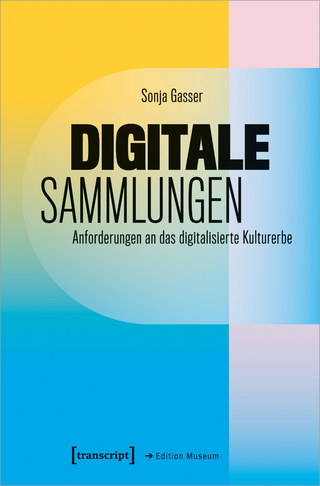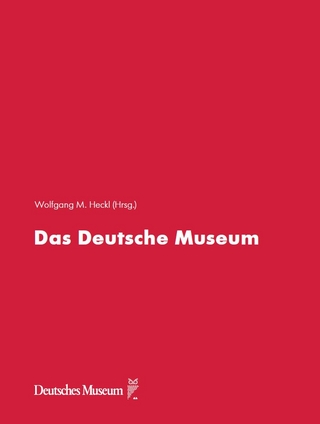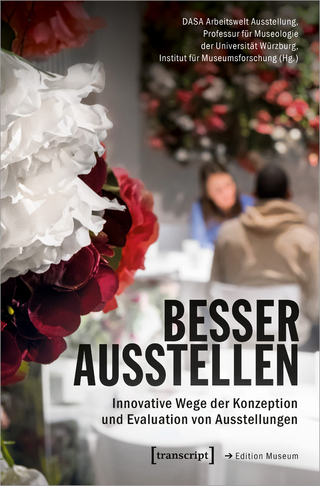
Innovative Technology in Art Conservation
Routledge (Verlag)
978-1-032-10937-4 (ISBN)
Written in language understandable for the non-technical reader, the book begins with a brief history of so-called science-based conservation, which is based on chemistry, physics and engineering, and examines how it influences conservation ethics and conservation decisions. It considers the concepts of originality and original appearance, and how people see and perceive objects, looking in particular at the results of the relatively new technology of eye-tracking. Wei then moves on to critically examine advanced technologies such as colour modelling, hyperspectral imaging, texture mapping, virtual retouching and digital reproductions and considers what they offer for determining original appearance of artworks and other cultural heritage objects. The book concludes with some reflections on the future of conservation and science-based conservation, calling for more thoughtful consideration of what it is that conservation scientists are offering, and why and for whom it is being offered.
Innovative Technology in Art Conservation is essential reading for academics and students working in conservation and conservation science. The book will also be of interest to the international community of conservators and cultural heritage professionals who must make decisions about whether to use advanced technologies in their practice.
Dr. W. (Bill) Wei (1955) is a retired senior conservation scientist in the Research Department of the Cultural Heritage Agency of the Netherlands (RCE - Rijksdienst voor het Cultureel Erfgoed). He has a B.S.E. in mechanical engineering from Princeton University (1977) and a Ph.D. in materials science from the University of Illinois at Urbana-Champaign (1983). Before working in the cultural heritage field, he spent almost twenty years in industrial research and development in the areas of advanced materials, mechanical properties, fracture mechanics and fatigue, and corrosion. He has been conducting research into and consulting on the effects of vibrations and mechanical stresses on the condition of fragile works of art and cultural heritage for more than twenty years. He has recently retired from the RCE and is now an independent consultant.
I. Introduction – Conservation science and conservation ethics; II. Original appearance, perception and eye-tracking; III. Color; IV. Surface texture and appearance; V. Digitalization and reproduction technology; VI. The future – a new reality
| Erscheinungsdatum | 28.12.2023 |
|---|---|
| Reihe/Serie | Conservation in Focus |
| Zusatzinfo | 4 Line drawings, black and white; 27 Halftones, black and white; 31 Illustrations, black and white |
| Verlagsort | London |
| Sprache | englisch |
| Maße | 138 x 216 mm |
| Gewicht | 453 g |
| Themenwelt | Kunst / Musik / Theater ► Kunstgeschichte / Kunststile |
| Reisen ► Reiseführer | |
| Geisteswissenschaften ► Geschichte ► Hilfswissenschaften | |
| Sozialwissenschaften | |
| ISBN-10 | 1-032-10937-8 / 1032109378 |
| ISBN-13 | 978-1-032-10937-4 / 9781032109374 |
| Zustand | Neuware |
| Haben Sie eine Frage zum Produkt? |
aus dem Bereich


